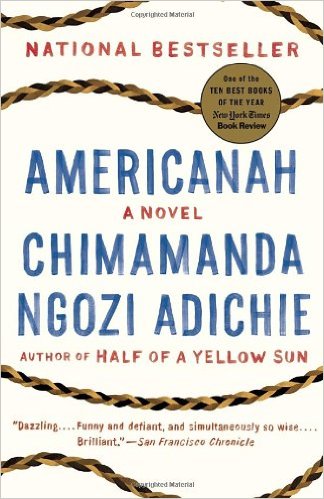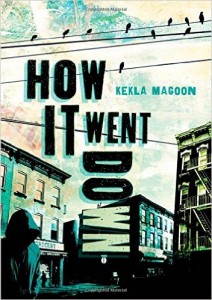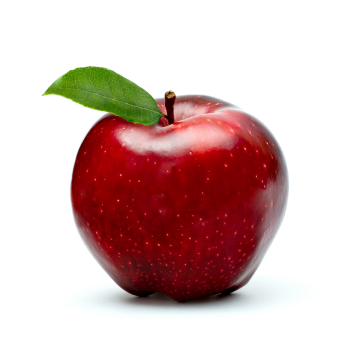(Note to self: ask Cult of Pedagogy if she makes any cash from her links to Amazon.)
This “Wish I Had Written That” is stretching a bit here — this novel is meant for grown-ups. This is not a recommendation for secondary students, although if seniors in high school, or even my own children, wanted to read this novel or anything by Chimamanda Ngozi Adichie, I’d be proud. (As it is, my older son is trying to get me to read Goncharov and my younger one understand the mastery of Dungeons & Dragons, and geological surveys–good luck with that, kids.) But it does need a little life experience under one’s belt. A little bit of context. And full disclosure: I couldn’t have written this. The protagonist has her own story, and for me to make even presumptions or connections about race, love, family, or hair would be disingenuous. (The protagonist is a blogger, but makes a living from it. I’m also not quite there yet!)
But I still think it should be required reading. Wait–scratch that. Read if you want to know about race, love, family, and hair. And surviving yourself through your twenties, and finding your way. Or, if you’re beyond your twenties, how you found your way, which you surely did.
Tomorrow night is night I look forward to–it’s Book Club night. This month’s selection was my choice–I chickened out and gave the ladies a choice, between this book and J.K. Rowling’s The Casual Vacancy. When the book club members overwhelmingly chose Rowling’s book, at first I was a little disappointed because I really want to read Americanah. (That’s what I get for my chicken-ness.) However, I was not disappointed after reading Rowling’s first ‘grown up’ book. I loved it. She is a master of characters, connections, and layers of plots that are never ‘sub’ to anything, but partner plots that hold the whole story together. The only thing I may regret is that I will not have another grown-up to talk about Americanah with.
And what a concept: that I’m truly sorry I have no one in real time to discuss a great book and author. And that–that is what I want to ignite in my classroom. Not just “read it” –but read it so you can talk about it. A book shared is a gift from our inner lives, our inner thoughts: what others come to believe or interpret about literature is sublime and…it’s love.
Last night I was out to dinner with my husband, and telling him about my Renaissance with ‘The Raven‘ by Edgar Allan Poe and 7th grade students. I am not the same teacher I was so many years ago, and have learned over the past four to five years to let the students do most of the heavy mental lifting. Being in on their discussions as they grapple with stanzas and translate early 19th century gothic poetry is so fun. My husband brought up that Poe was not a favorite of his until he heard ‘Annabel Lee.’ Being the modern woman I am, found the poem on my phone, and he looked it over again, and offered new insight to the beauty of some of its lines…how beautiful a concept that angels, who are supposed to be so beatific and perfect, could be jealous of humans’ love…
The angels, not half so happy in Heaven,Went envying her and me—Yes!—that was the reason (as all men know,In this kingdom by the sea)That the wind came out of the cloud by night,Chilling and killing my Annabel Lee.
By talking about a poem, I learned something new about my husband, even after 23 years.
Now I’m not sure how to tell students what this all means, how to show them what’s in front of them, and what beauty is around the corner for them, too. I’ll try to figure out a way though–look through my old scrolls and tomes of quaint and curious lore, of long forgotten lesson plans of book talks and sharing of tales, and see what they create. These experiences, too, add to their own stories.






